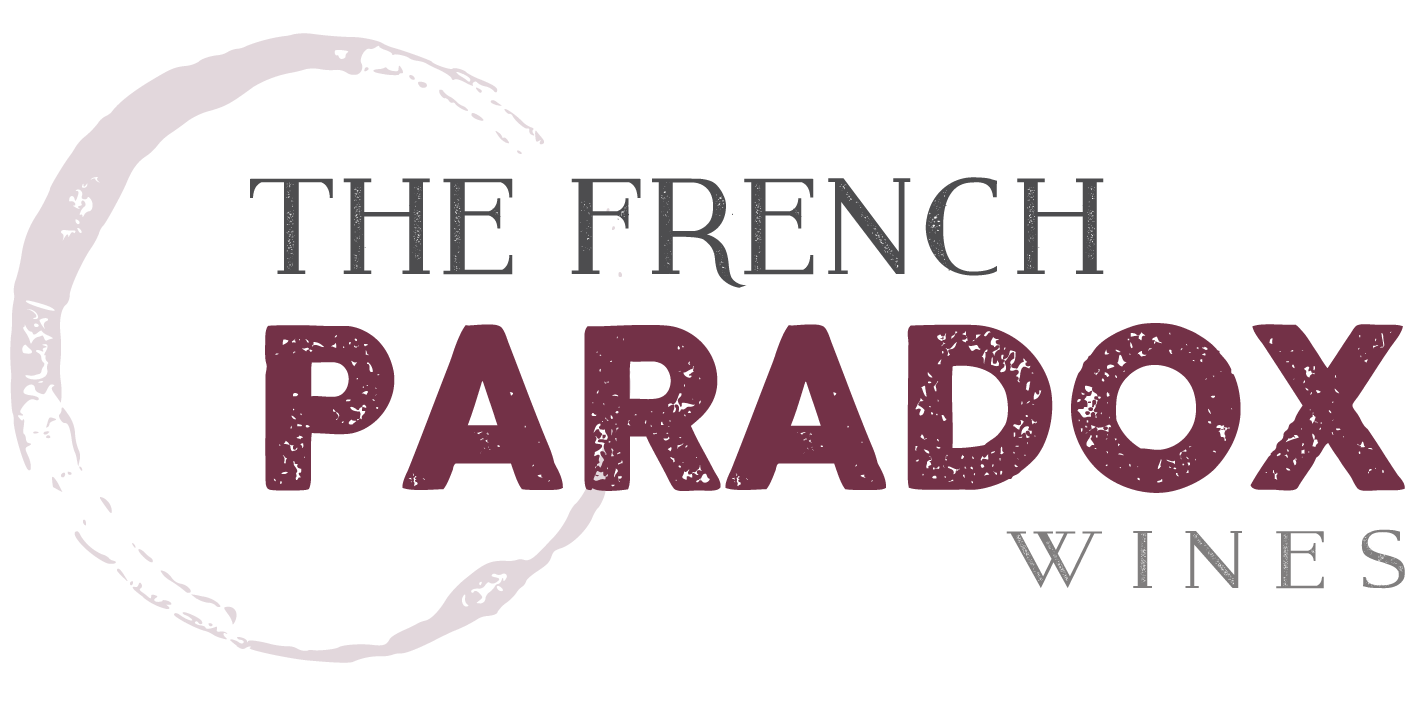A Brief History of Whiskey (with recipe)
Making whiskey is not all that complicated, however it’s development was centuries behind beer and wine. No doubt about it whiskey was late to the party.
Humans figured out the process of distillation around the 10th century, but it wasn’t until the 13th century that wine was distilled into alcohol (for medicinal purposes, of course) in Italy. This practice spread northward in a hurry, first under the control of local monasteries, then (still for medicinal purposes, of course) to the The Guild of Barber Surgeons. Scotland, Ireland and England, as non-grape growing countries, quickly understood the potential of the product, and as the monasteries lost their monopoly, many less devout practitioners turned the ‘art’ into industry. Government, seeing both demand and opportunity, began the practice of licensing and taxing distilleries. (With a license to distill Irish whiskey from 1608, the Old Bushmills Distillery in Northern Ireland is the oldest licensed whiskey distillery in the world). Unsurprisingly, this policy of taxation created some backlash.
After the Acts of Union merged England and Scotland in 1707, the English Malt Tax of 1725 forced most of Scotland’s distillation underground. Scottish distillers, operating out of homemade stills, took to distilling whisky at night when the darkness hid the smoke emanating from the stills. For this reason, the drink became known as moonshine. At one point, it was estimated that over half of Scotland’s whisky output was illegal.
In America, farmers found that converting corn or wheat or rye into whiskey was also an economically sound policy. Naturally, Government wanted their cut, which lead to the Whiskey Rebellion of 1791. Government won.
The ‘modern’ still was invented in 1831, making distillation more efficient, and therefore cheaper. Government also figured out that legalizing distillation (for a fee) and collecting taxes was more efficient than chasing moonshiners and the modern whiskey industry was born.
Early whiskeys were unaged, undiluted, raw and very potent. However, as with wine and beer before it, the practice of aging whiskey in barrels was due to the common practice of storing and transporting the same. Someone no doubt noticed that the stored spirits were more pleasant than the recently distilled and so the tradition of barrel aging whiskey was born.
Naturally, as with many industries, the established players seek to limit (or deny) access to the marketplace. The big players in the fledgling whiskey industry teamed with Government (in the name of quality control, of course) to create laws that would ‘benefit’ the consumer. The Bottled-in-Bond Act of 1897 was in reaction to alleged widespread adulteration in American whiskey. The act made the federal government the guarantor of a spirit’s authenticity, gave producers a tax incentive for participating, and helped ensure proper accounting and the eventual collection of the tax that was due. This was a ‘win-win’…Government got taxes, industry kicked small distillers to the curb.
As the big get bigger, opportunities are created for smaller players. Modern day whiskey production is flourishing due to an appreciation for local and artisanally crafted products. This is supported by Government as a means to broaden the market (and have access to more tax dollars and fees.) Big whiskey producers ‘battle’ this movement by creating their own ‘craft’ products and/or swallowing the actual craft producer. And so it goes.
